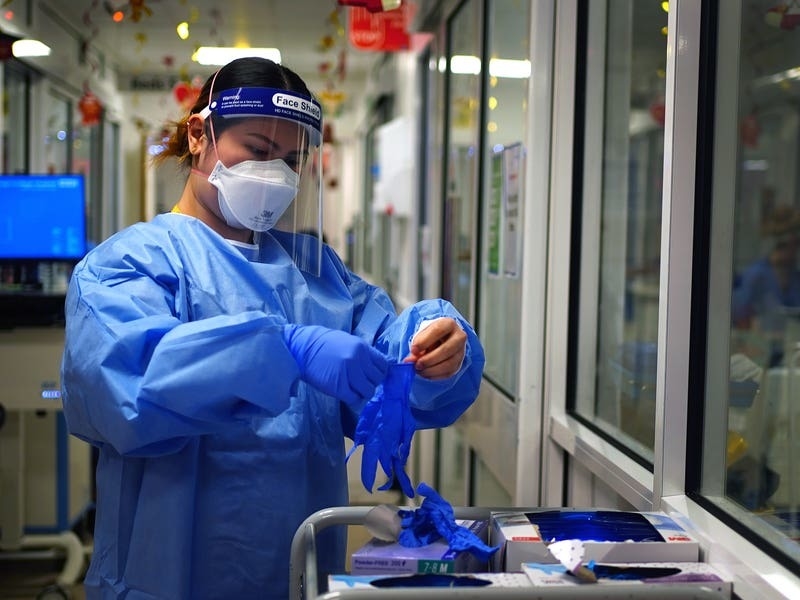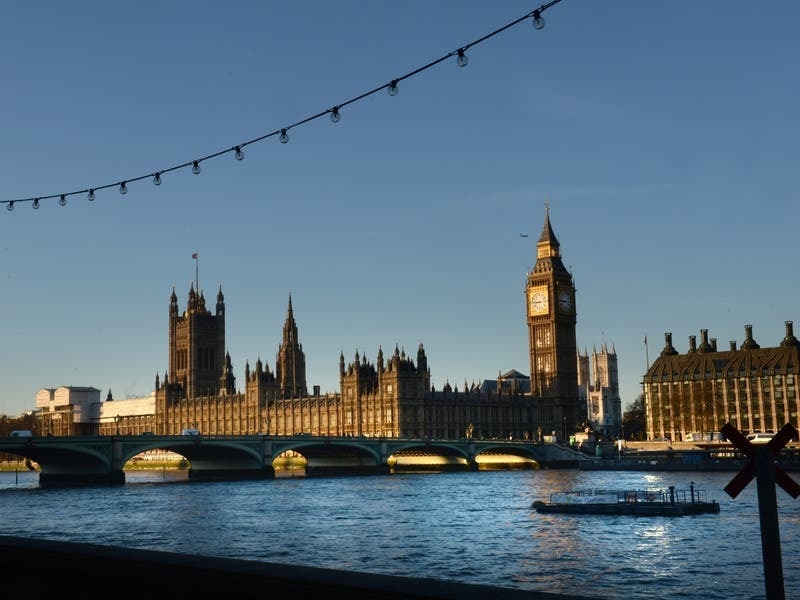The aviator, who wishes to remain anonymous, said that the true cause might never be revealed, as the plane was not equipped with a flight data recorder and crucial evidence might be lost in the sea.
‘Aircraft of this type do not have flight data recorders, as a rule,’ he said. ‘Your heavier aircraft, such as the Beech King Air, have them but it is very rare to have anything like that on a single-piston-engined aircraft.
‘The Air Accidents Investigation Branch will try to gather all the evidence they can but we may never know why it went missing.’
The pilot said that although the cause of the disappearance might never be established, the weather on the night might have played a part.
The plane was flying into bad weather on a cold winter’s night, and several aviation commentators in the UK believe the plane would have suffered from a build-up of ice on the wings, which can cause an aircraft to stall.
In such circumstances a pilot would try to descend out of the icing zone to slightly warmer air below. It is known that on the night, pilot David Ibbotson was flying at about 5,000ft before contacting Jersey air traffic controllers to ask to descend to 2,300ft.
The Jersey-based pilot agreed that icing might have played a part, and added: ‘That aircraft did have de-icing equipment but light aircraft cannot get rid of moderate to heavy icing.
‘All good pilots recommend that you just get out of icing as soon as possible and descend as soon as you notice it.
‘Obviously, the heated prop does not allow the ice to stay on the propeller and it has to go somewhere. On a single-engine aircraft the ice goes back towards the cabin and then you have the elevator and horizontal stabiliser behind that.’
Commenting on the general weather conditions on the wet and windy night, he said: ‘I think it would have been very rough but all sorts of things can happen and I am purely speculating.
‘The autopilot can disconnect if it cannot handle the turbulence. You can drop 30ft if you hit an air pocket and jump two feet out of your seat if you are not strapped in.
‘I always tell people to strap in until it almost hurts, as it can be very violent in that kind of weather.’
He added: ‘The conditions that night would have been challenging for anyone. A good pilot always questions about what the weather is like and asks if the equipment that you are flying can handle it.’
Other aviation commentators have spoken about the apparent risks of a night-time flight above a body of water in poor weather, and Cardiff City FC have launched an inquiry into the circumstances surrounding the flight arrangements.
Alastair Rosenschein, a former pilot, recently told the Daily Telegraph: ‘It’s already a fairly risky crossing to do in a single-engine aircraft, especially in winter and definitely at night. There are icing problems too.
‘It’s a strange thing to do, though, to go and fly over water with one engine at night in winter because if your engine goes you’re going in the water.’






